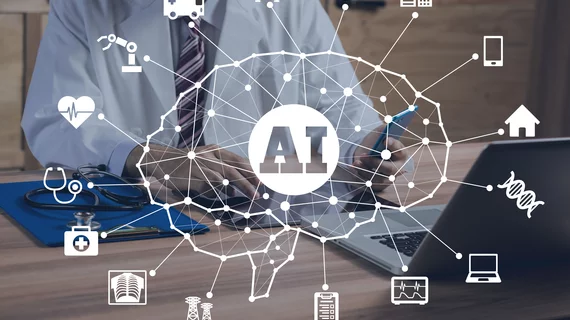AI-augmented bone age assessment proves accurate, reliable
Testing a previously developed deep-learning algorithm for assessing children’s bone age on x-rays, Harvard researchers have found their tool combined with a radiologist beats three competitors—AI alone, a radiologist alone and a pooled group of unaided experts.
Their study was published in the February print edition of Skeletal Radiology.
Shahein Tajmir, MD, of Massachusetts General Hospital and colleagues had six board-certified, subspecialty trained pediatric radiologists interpret 280 age- and gender-matched bone-age radiographs of children between 5 and 18 years old.
Three of the radiologists performed bone-age assessment with assistance from the algorithm while three went at it alone.
Tallying results based on bone-age accuracy and root mean squared error, the researchers found the accuracy for AI alone was 68.2 percent overall and 98.6 percent within one year. Meanwhile, the mean six-reader cohort accuracy was 63.6 and 97.4 percent within one year.
The AI tool’s root mean squared error was 0.601 years, which was similar to the mean single-reader score, 0.661.
The team further found root mean squared error decreased from 0.661 to 0.508 years, all individually decreasing with AI assistance, while intraclass correlation coefficient without AI was 0.9914 and with AI was 0.9951.
From these results, Tajmir et al. concluded that AI improves a radiologist’s bone age assessment by increasing accuracy and decreasing variability and root mean squared error.
“The utilization of AI by radiologists improves performance compared to AI alone, a radiologist alone, or a pooled cohort of experts,” they wrote, noting that bone age assessment is an important test for evaluating pediatric endocrine and metabolic disorders. For this indication, AI “may optimally be utilized as an adjunct to radiologist interpretation of imaging studies to improve performance.”

